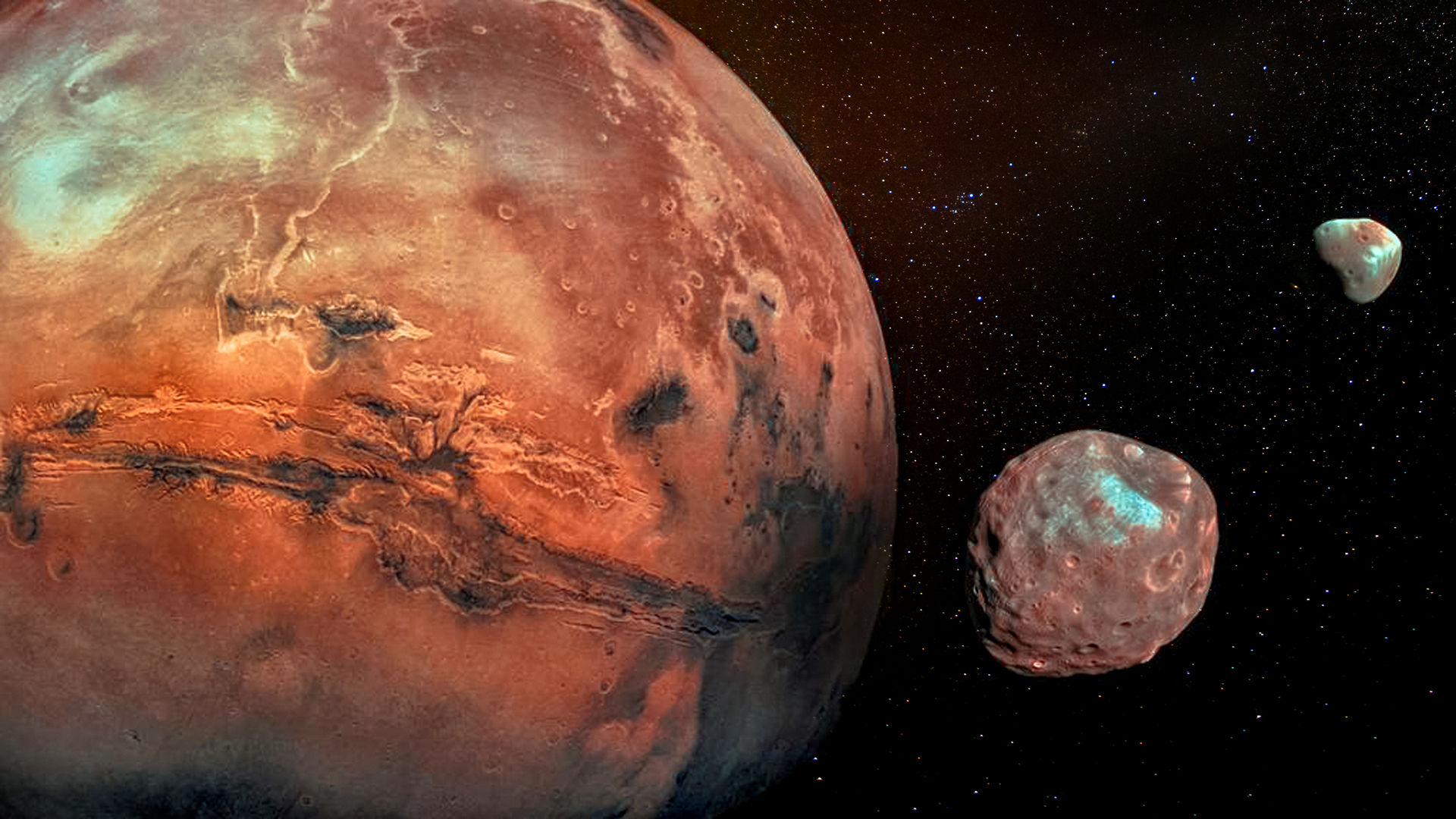
Recent research reveals that ancient bacteria may be present on the Martian surface, away from the harsh radiation. Here’s everything you need to know.
Ancient bacteria on Mars
While there is no proof of life on Mars, researchers recreated the Martian environment to explore if fungi or bacteria can survive. They were surprised to learn bacteria could live for over 280 million if they are shielded from solar and ionizing radiation. Radiation constantly pummels the Martian surface and bacteria can be safe if buried under the surface. Results from the experiment reveal that if life existed on Mars, the remains may still be present in the subsurface. Future expeditions may drill into the soil and confirm the presence of ancient microbes.
Scientists theorize Mars to have been habitable for life billions of years ago. Back then, the red planet may have had water and an atmosphere. However, currently, it resembles a frozen desert. The average temperatures in the arid mid-latitudes are about minus 80 degrees Fahrenheit. Additionally, radiation is a persistent danger due to the planet’s thin atmosphere.
What does the research reveal?
The study published in Astrobiology stated that Deinococcus radiodurans, nicknamed ‘Conan the Bacterium’ is a polyextremophile. Hence, it can survive several harsh conditions such as cold temperatures, dehydration, and acidic nature. The study determines that when frozen, dried, and buried under the martian surface, it is capable of surviving 140,000 units of radiation. This is 28,000 more times the radiation exposure that can kill a human.
“There is no flowing water or significant water in the Martian atmosphere, so cells and spores would dry out. It also is known that the surface temperature on Mars is roughly similar to dry ice, so it is indeed deeply frozen,” stated Brian Hoffman, the coauthor of the study. The research team determined that the survival of ancient bacteria is limiting when exposed to ionizing ration, similar to the effect on Mars.






